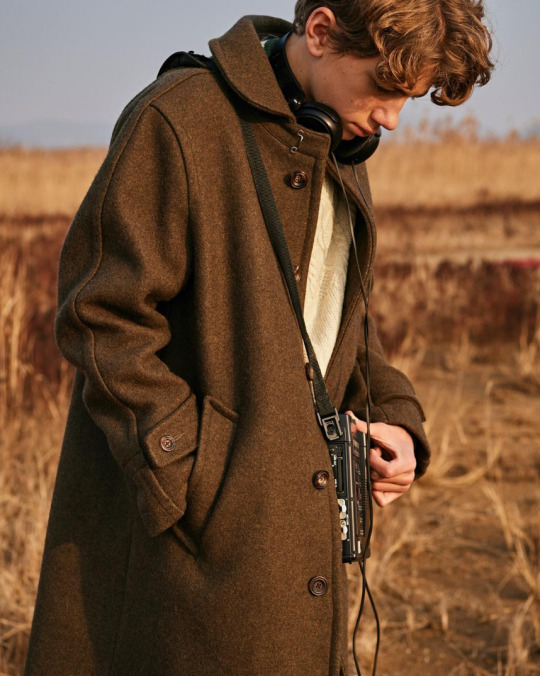
Globalization has been a double-edge sword for menswear. On the one hand, it’s wiped out many of the distinctive features that once made regional dress unique. There are a million sources these days for Macclesfield silk ties and minimalist sneakers, but few companies genuinely doing anything off the beaten path. At the same time, it’s allowed consumers to more easily tap into overseas markets (and, by the same token, for overseas companies to gain a broader audience).
Even with all this access to information, however, it can be easy to overlook things happening around the world. South Korea, for example, rarely gets the credit it deserves. While much has been written about how China and Japan are changing our taste, little has been said about how South Korea is developing a menswear scene rivaling its neighbors. In the nation’s capital, you can find some surprisingly good bespoke tailors these days. Shops such as BnT Tailor specialize in Italian-inspired cuts – with their straight, wide lapels and sweeping quarters – but with clothes that often fit cleaner than what you’d get out of Naples. Similarly, boutiques such as Sculpt are as good as anything you’d find in New York City, while the number of domestically designed, Korean ready-to-wear labels is increasing every year.
Like with Japan and China, however, it can be difficult to navigate the South Korean market if you can’t read the language. Sites such as High Snobiety and Hypebeast have covered the Korean fashion scene, but they often focus on streetwear brands that might feel alien to the average reader here. So, I thought I’d put together what I think are some of the most interesting labels right now coming out of the country – ranging from heritage-inspired workwear to more contemporary, minimalist styles.

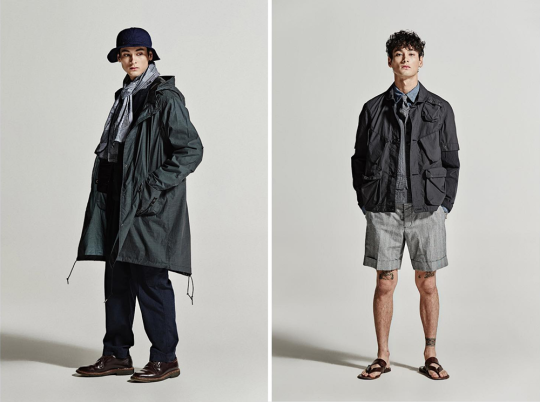

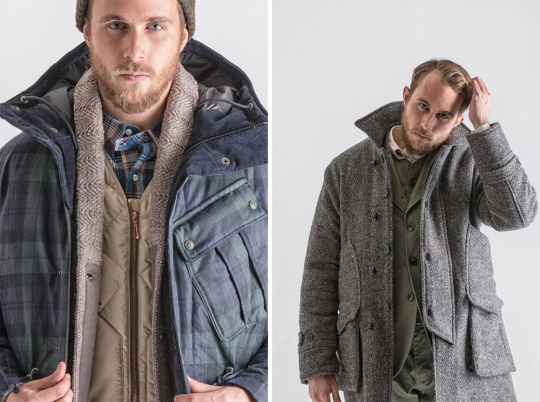
Eastlogue
Much like Engineered Garments, Eastlogue specializes in slightly off-beat takes on workwear, Americana, and outdoor gear. To a certain degree, the concept here is nothing new (many of these clothes look like the ones we love from Japan). At the same time, the aesthetic has been popular for over ten years for a reason. The styles are contemporary enough to feel relevant; classic enough to seem anti-fashion. The heavy masculine undertones also make these clothes easy to wear for most men.
The styles clearly take after 1930s workwear, but they’re updated in unexpected ways – an extra pocket near the belt of a dispatch coat, or a tilted map pocket on a black watch parka. Trousers are trim and short, which contrast against the more classically proportioned outerwear. Quilted vests here are designed to be worn over vintage-inspired work shirts, which are made with old-school details such as chin straps. For guys who like brands such as Nigel Cabourn and ts(s), Eastlogue will have plenty of things for the closet.
The label’s owner and designer, Dongki Lee, also owns two other companies. Sortie is his menswear shop; Unaffected is his younger, more playful label. Both are great, but for me, Eastlogue is the star. You can find it these days at Alpha Shadows, Garbstore, and Namu (the last of which is an advertiser on this site).
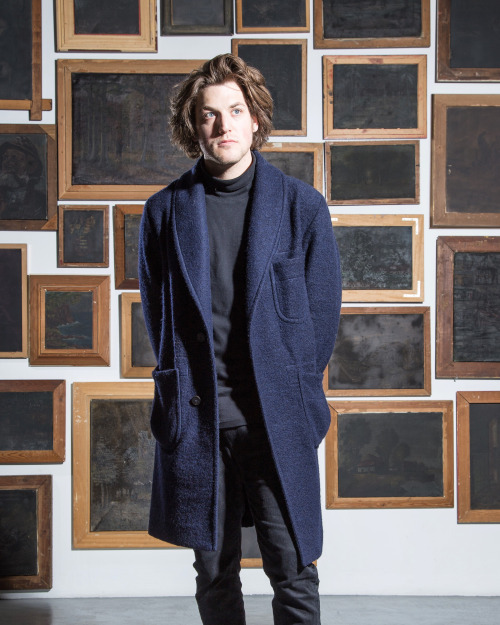
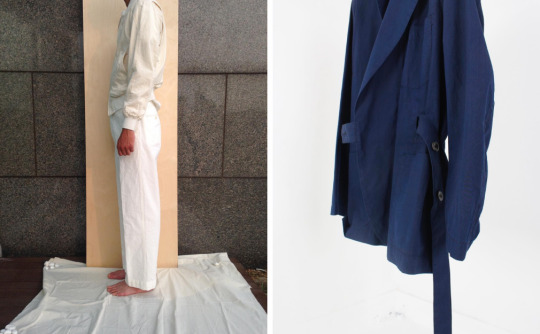

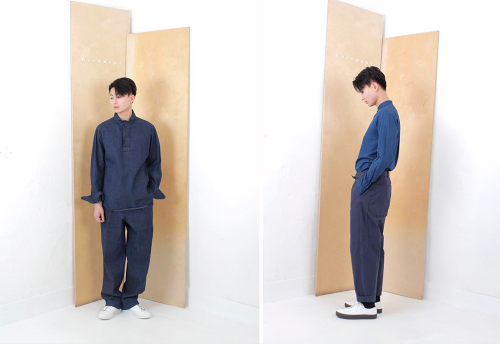
Document
I wrote about Document last month. They’re a relatively new label focusing on a kind of style I’ve described as “warm minimalism” – a sort of pared down aesthetic that’s friendlier and more approachable than the cold, austere lines that typify the Margielas and Helmut Langs of this world.
The problem with warm minimalism, of course, is the styles can sometimes fly a little too close to normcore. Striped of their details, it can be hard to tell the difference between a designer line such as APC and the sort of basics you could pick up at Levi’s or Uniqlo. Document gets around that by playing with shapes. The coats are fuller and rounder; trousers carrot-cut, so they give the illusion of shape without choking your ankles; and short-sleeved sweatshirts take after vintage designs in a way that doesn’t feel dated. The clothes are simultaneously interesting and easy-to-wear – something you can pair with even the most basic of t-shirts and jeans.
The clothes have to be worn to be appreciated, however. Online, the subtle cuts and details almost disappear from view. The robe coat I bought last season, pictured above on Jasper, can look a bit too much like a bathrobe in photos. In person, it’s much closer to a chic piece of contemporary styled outerwear, something to be worn with slip-ons shoes and textured sweaters. It takes a bit of daringness to wear, to be sure, but not much.
You can find Document stateside at No Man Walks Alone and Namu (again, both advertisers on this site). Namu also has a lookbook this season. It does a good job of showing how Document’s clothes can be worn with similarly styled pieces.



Bastong
Bastong is a non-seasonal brand, meaning they do the same outerwear styles year round, with a few tweaks here and there from collection-to-collection. Jacob Gallagher, the men’s fashion editor at The Wall Street Journal, once called this an “outerwear starter kit.” The styles here will be familiar to anyone – British Millerain belted motos, down parkas with raccoon fur trims, hearty wool pea coats, and a few anoraks with leather-backed snap-buttons for good measure. The jackets take after the classic English and American styles that have dominated many men’s closets, but they come in slightly short and slimmer cuts.
The jackets look great, but if I had a criticism, it would be the silhouettes. I find myself looking for fuller-fitting outerwear these days, and Bastong’s utilitarian designs can look dated – sometimes even twee – in their slimmer fits. On the upside, you can always use the strategy guys relied on ten years ago to get slimmer clothes. Whereas you may have sized down a decade ago, consider sizing up here.
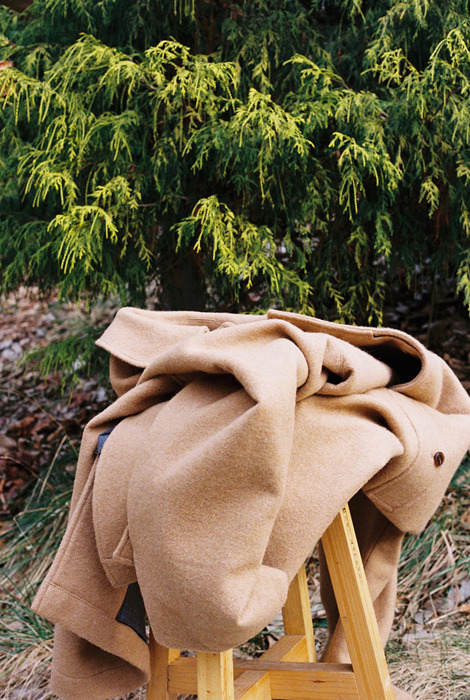


Hanyounghuun
I’ve been really excited about two things these days: fuller cut pants and traditionally sized topcoats that can be worn in more casual ways. Hanyounghuun, a relatively new Korean brand, has both.
The label is clearly aimed at younger, more fashion conscious customers, but it so carefully rides the line between contemporary casualwear and classic clothing that I think it’s easy to wear for almost anyone. The longer coats not only lend a sense of drama to an outfit (a welcomed break from the short fits seen everywhere else), but they can add a touch of sophistication to an otherwise causal ensemble. With jeans and a chunky sweater, these can be a nice way to wear tailoring in a way that doesn’t feel stuffy.
The husband-and-wife duo behind the company also have a womenswear line under the same label. Maybe fitting, as I find many unisex silhouettes tremendously inspiring for men’s style. Slightly cropped, wide legged pants and oversized coats have been popular in womenswear for years because they’re simultaneously comfortable and stylish (see Studio Nicholson for examples). I imagine it’s only a matter of time before we start seeing more of this in menswear.
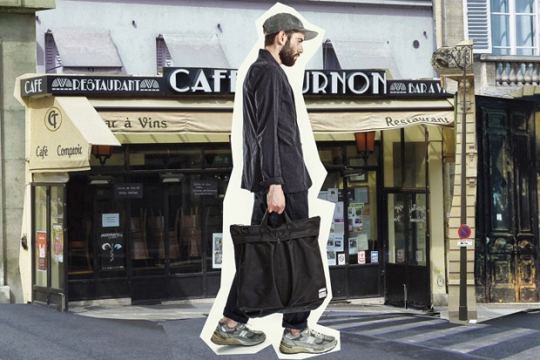
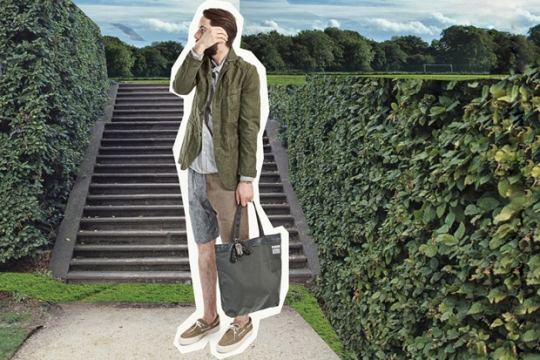
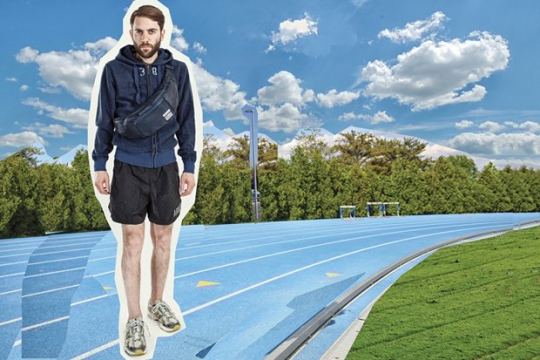
Blankof
Unless you only wear tailored clothing, you probably need something more casual than a leather briefcase. Brands such as Porter Yoshida are perfect for this sort of thing. Porter is a Japanese brand – almost ubiquitous in its home country – that specializes in simple, minimalist bags made from sturdy nylons and other man-made materials.
Blankof is something like Porter’s South Korean counterpart. The designer says he follows a “neat and proper” design ethos, combining minimalist designs with monochromatic color palettes. Their bags are made from high-quality materials, such as Cordura, which are sourced from Japan, Italy, and the United States.
To traditionalists, the idea of paying so much for a nylon bag might seem crazy, but the key is to not focus so much on materials, but rather on how the bag will be used. Cordura, for example, is a densely woven nylon blend that’s famous for its resistance to abrasions, tears, and scuffs. It’s considerably lighter than leather or cotton canvas, which is useful if you have to schlep your stuff across town. Most importantly, it looks casual. Something like Blankof’s sling, tote, and helmet bag styles would be nice accompaniments to a field jacket or bomber.
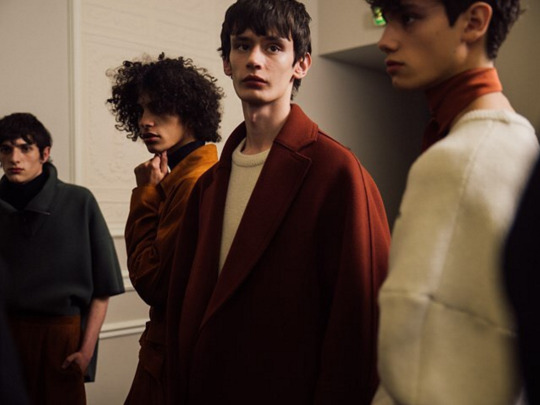


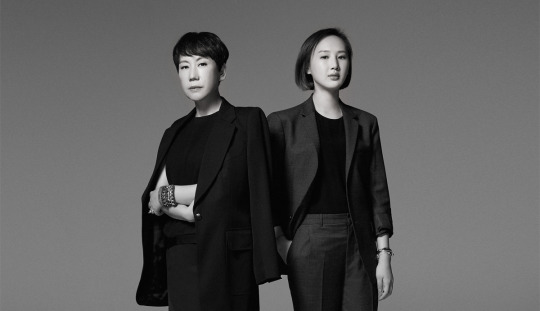
Wooyoungmi
Wooyoungmi is a bit of a departure. While many of the brands above can be worn with a semi-classic wardrobe, Wooyoungmi does tailored clothing with a futuristic edge. The deceptively simple dress shirts are made with origami-folded collars, which are designed to be buttoned to the neck and worn without a tie. Outerwear is either chic and simple, or made from bolder, brightly colored fabrics. And even if the formula here is straightforward – slim, slightly cropped pants made to be worn with chunky, minimalist sneakers and long, flowing coats – they can feel out of place if your wardrobe is full of tweeds and corduroys.
At the same time, much like Lemaire, Wooyoungmi has a contemporary sense of style that makes me keep coming back. Their intarsia sweaters, for example, are made with patterns that I think would look great under a bomber jacket or topcoat. The designs are more sophisticated than the semi-ironic images at Saint Laurent, but feel young enough to not be fusty. The sneakers have all the versatility of Common Projects, but are less ubiquitous. Their graphic t-shirts even verge on being objects of art.
Wooyoungmi’s clothes might not be right for the guy who mostly draws style inspiration from the past, but if you’re looking to build a city appropriate wardrobe that works as well in offices as it does at parties, this would be perfect. You can find it these days at End, Mr. Porter, SSENSE. Wooyoungmi also has a younger offshoot label, Solid Homme, although it’s harder to find stateside. Teo van den Broeke, Esquire’s Deputy Editor in the UK, has some shots of the upcoming collection on his Instagram.
